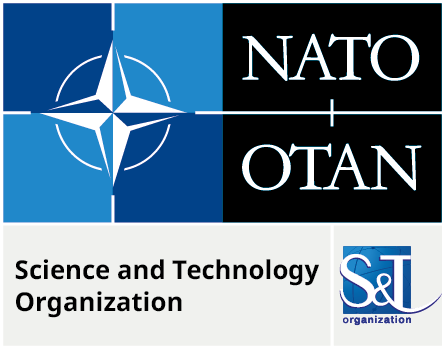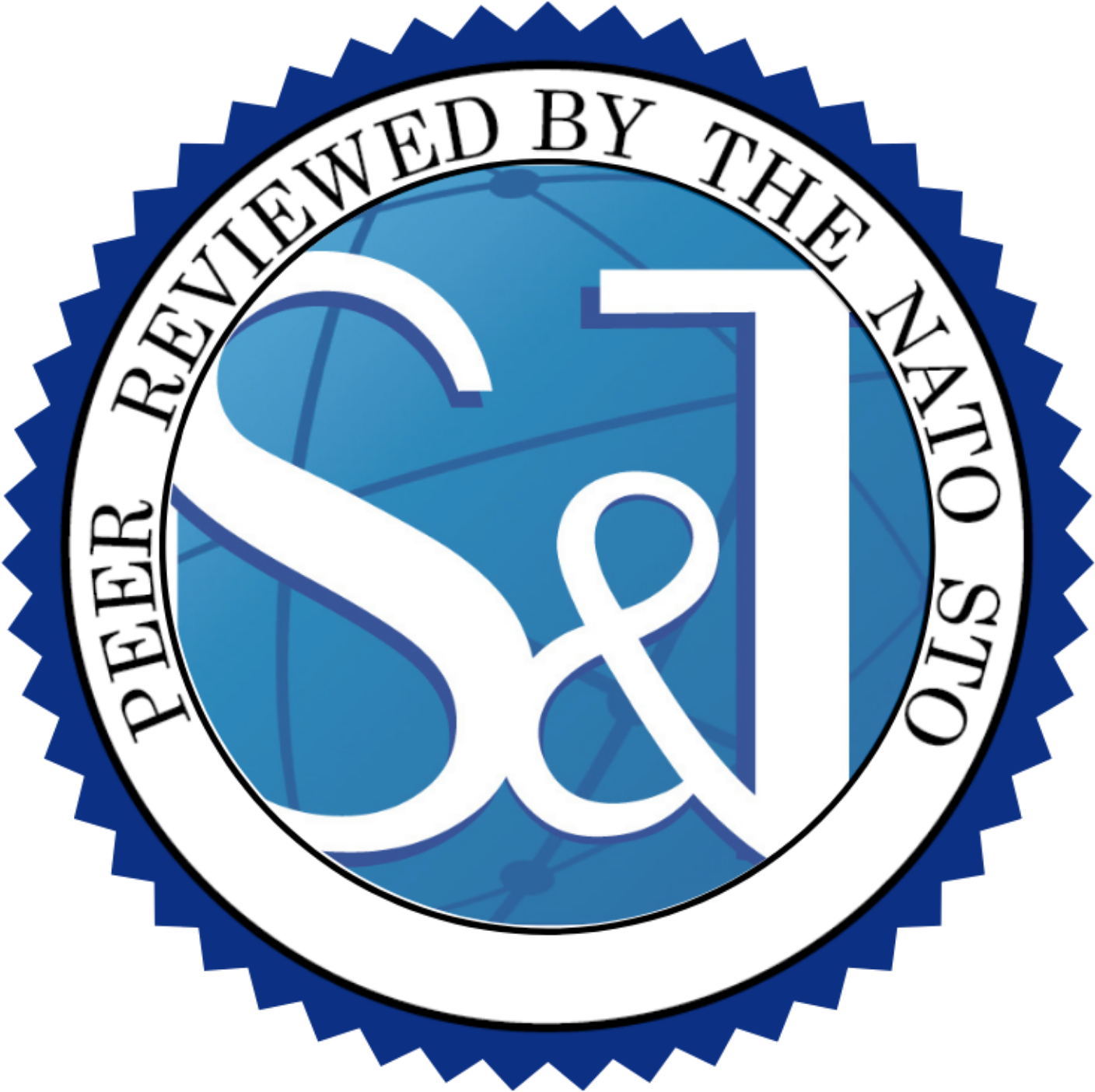Author(s): Wllmes Laura; van Waas Rob
|
In the post-Cold-War world, US hegemony has been supported by economic strength, military might, and cultural dominance. However, in recent years, China is challenging it in nearly all aspects. China, with its huge population, industrial strength, and rising military strength, is very likely to further increase its power.
Citation:
ABSTRACT
Militaries around the world are expanding their use of autonomous systems. Advancements in artificial intelligence make these systems increasingly effective, possibly leading to arms races. Having fully autonomous robots could change a nation’s way of defending itself and achieving its strategic objectives. The need to develop strategies for defence and deterrence is crucial in the face of such technological investments. This paper investigates the arms race dynamics of two hypothetical nations (a hegemon and a rising nation). A System Dynamics simulation model was built using literature and subject matter experts. The model includes potential strategies for each nation. Exploratory Modelling and Analysis was applied to cluster patterns of behaviour. The model produces findings that suggest that most simulation runs lead to arms races, except if the hegemon maintains a strong economy, and the rising nation is not capable of developing high-tech systems. If a race occurs, the hegemon loses its advantage in most of the scenarios produced by the simulation model. The hegemon can try to prevent this outcome by hindering the rising nation in its technological development, which is an effective strategy under most conditions. However, if values and ethical standards of the hegemon require more human control of its autonomous systems, it risks losing. Our research can give insight into which decisions alliance nations can take towards different goals – either preventing arms races, keeping their advantage in an arms race, or preventing an opponent from overtaking them.
DOWNLOAD FULL ARTICLE





